Taking Care Of Your Pet Should Be Easy
Professional Care For your Animals.
About Holmes Veterinary Hospital
Established by Dr. Jacquelyn Holmes in 1986, Holmes Veterinary Hospital is a full-service small animal veterinary hospital providing comprehensive medical, surgical, and dental care.
At Holmes Veterinary Hospital, we strive to offer compassionate, high-quality veterinary care, with the goal of supporting your pet’s healthy and full life.


Best In Class Veterinary Care

Skilled Medical Professionals

Pet Health At Your Fingertips


Meet Our Veterinary Team
At Holmes Veterinary Hospital, we understand the unique bond between pets and their owners. We recognize your trust in us and strive to exceed your expectations at every visit. When you enter our doors, you will be greeted by a friendly smile and a team ready to listen attentively to your concerns, ensuring that your pet’s needs are met with the utmost care and dedication.
Our Veterinary Services
Holmes Veterinary Hospital serves as your family’s other doctor, filling the exact niche for pets that your family physician and dentist fill for you.

Preventative and Wellness Care
Preventative care is the foundation of a long, healthy life for your pet.

Pet Diagnostic
We can have most lab results for your pet during your appointment within 20 to 30 minutes.

Pet Emergency Care
During regular business hours, we are equipped to handle most emergencies.

Pet Boarding Services
Holmes Veterinary Hospital offers boarding for dogs and cats.

Holmes Veterinary Hospital Mission Statement
It is our commitment to provide quality veterinary care throughout the life of your pet. Our services and facilities are designed to assist in routine preventive care for young, healthy pets, early detection and treatment of disease as your pet ages, and complete medical, dental, and surgical care as necessary.

